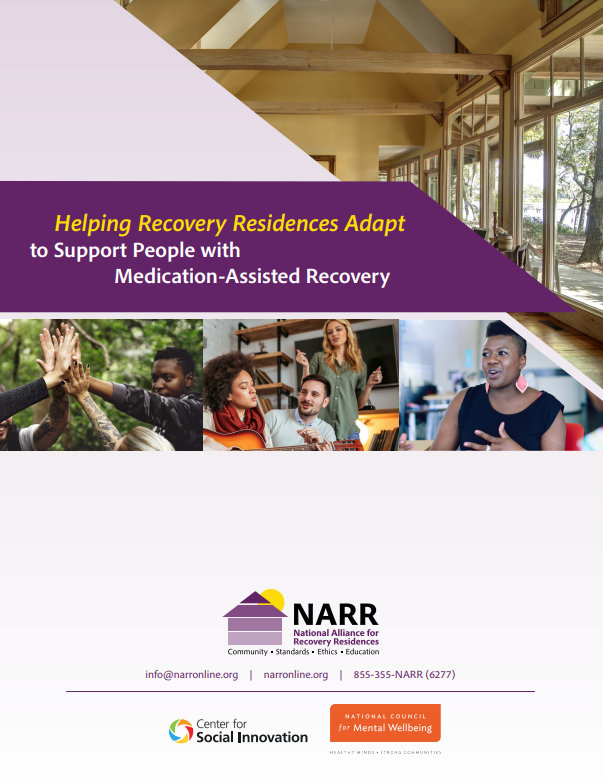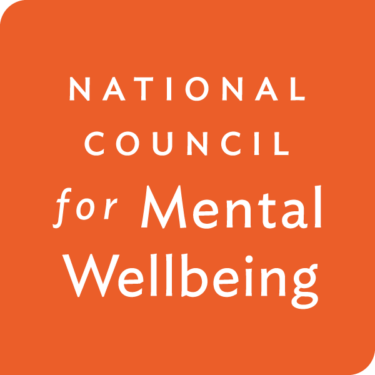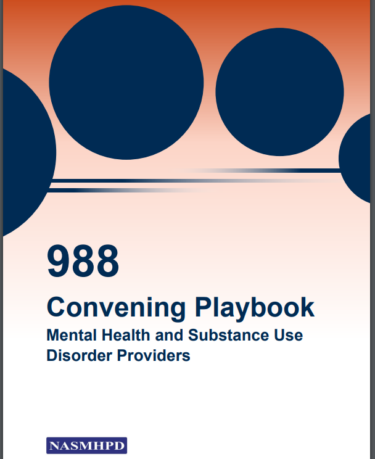Helping Recovery Residences Adapt to Support People with Medication-Assisted Recovery

Many people with opioid use disorders embrace medication-assisted treatment (MAT) or medication-assisted recovery (MAR) as a pathway to recovery. For some, the role that medication can play in a person’s long-term recovery process is not as clear. Within the recovery community, many people have questions about the use of agonist or partial agonist medications (methadone, buprenorphine) to support abstinence. As we continue to grapple with the effects of the opioid crisis, it is important to recognize the life-saving role of medications to address opioid dependence and addiction, understand the facts about how medications work, and find ways to support long-term recovery for individuals using these medications.
As one key recovery support, access to quality recovery housing can make or break a person’s likelihood of long-term success. Specific to opioid use disorders, recovery residence operators need guidance to implement cultural and operational changes that support medication-assisted recovery. While different levels of recovery residences have varying structures, staffing, services, and supports, the information and considerations in this brief are helpful to all residences seeking to support medication-assisted pathways to recovery. Currently, there is no definitive research that matches the level of a recovery residence with its ability to support residents using medication in their recovery.
This document provides basic guidance, key considerations, and tips and tools for recovery residence operators that are supporting or want to support individuals who choose medication-assisted recovery.


